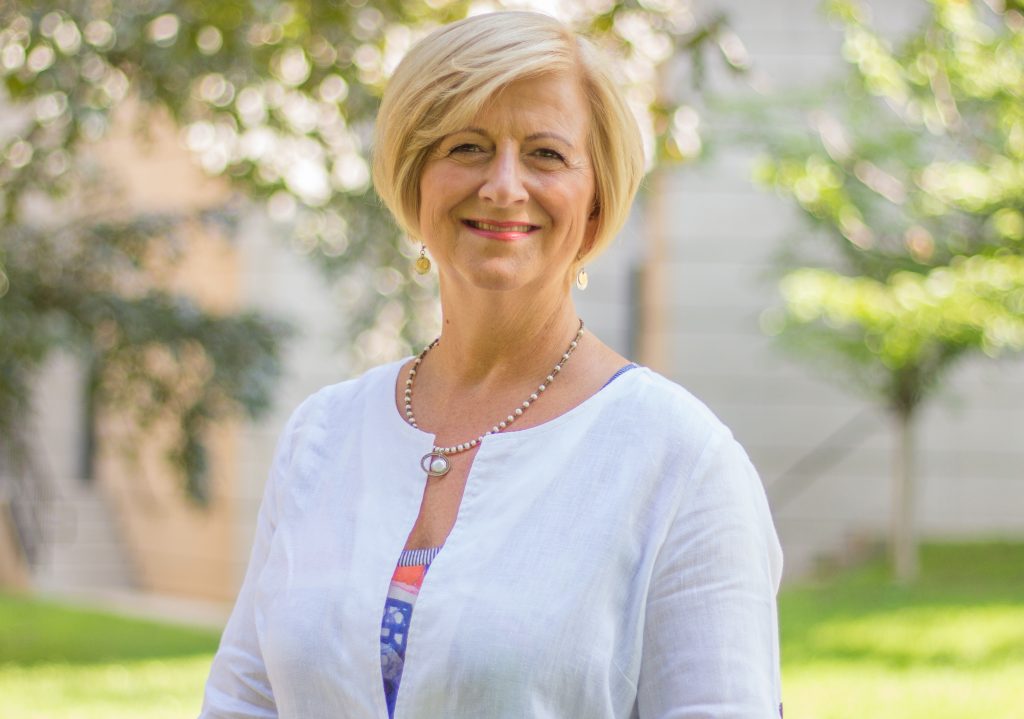How do you ‘set the tone’ on the first day of class?
We asked members of the University of Toronto’s Teaching Academy, “How do you ‘set the tone’ on the first day of class?”

Andy Dicks, Chemistry, Faculty of Arts & Science
Along with the great “meet and greet” strategies that people have mentioned before, I have a more “practical” slide I show that helps first-year students make the most out of their class time. I call the information “Letiquette” (from “Lecture Etiquette” and talk about the following five points:
- no-one wears an “invisibility cloak” – students can hear/see each other, and I can see them, so their behaviour is visible!
- please turn your smartphone off – to make your class time a lot more productive and to avoid distractions
- you require written permission to make audio recordings of lecture
- please don’t take pictures/video-record lectures (a copyright violation and more importantly a problematic short-cut to learning
- finally – and MOST importantly – ASK LOTS OF QUESTIONS!
I find this helps a lot in terms of setting the tone in a friendly but firm manner.

Greg Evans, Chemical Engineering and Applied Chemistry, Faculty of Applied Science and Engineering
I introduce myself and then ask the students to introduce themselves and then share something interesting about themselves (e.g. an activity they enjoy, a club that they are in, a place they have been or would like to go etc..). I then ask the class to vote on whether its interesting; the other students always give a “thumbs up” but this forces them to think a bit about what was shared. At the end of the class I do a “forced recall’ by asking students to name another student along with the interesting thing they shared.
Another activity I use in my first class in a game of Bingo based on terminology or information that students will learn in the course. Students are asked to first complete any squares that they know the answer to and then get help from other students for boxes they don’t know. Students need to introduce themselves and can then exchange answers. However, they can only provide answers to boxes that they were able to originally answer themselves (not an answer they got from another student). This is a good course related icebreaker to help get students to mix and get to know each other.

Clare Hasenkampf, Biological Sciences, University of Toronto Scarborough
In my first Genetics class I go over some key aspects of the syllabus (kind a boring but students are trickling in) but then I ask students to think about how this class fits into their future plans and what they hope to learn. Here is what I say (more or less)
LEARNING PERSPECTIVES
Why are you in this course? Why are you pursuing a university degree?
I think one of the most important things that you should learn while at university is to learn about your self. Find out what really interests you and find out what kinds of things you are good at. As you learn – what your passions are and what your strengths and weaknesses are, it will help you figure out what kind of career to pursue. The best way to find these things out is to try hard, throw yourself into your learning. If you only coast along with assignments you won’t learn if you are good at the things the assignment requires- you won’t learn about your self. If you try hard you will learn about yourself and can move forward based on that knowledge.
Even though it was about 40 years ago that I finished my undergraduate degree, I still remember it vividly as both the most challenging and a scary time of my adulthood- as I was trying to find my place in the world. But looking back it was also very special for the same reasons.
Please help me make this course a rich learning experience for you and a highlight of your undergrad time. If you work hard, ask questions, volunteer your perspectives, contribute to your team, you can learn a lot of genetics, enhance your skills and most important learn more about yourself and your place in the world.
After that we start talking ‘Genetics”

Diane Horton, Computer Science, Faculty of Arts & Science
I do a simpler version of Carol’s excellent knapsack activity. After introducing myself and talking about how I look forward to getting to know many of the students individually (as many as I can / who would like me to), I talk about the importance of sustaining a strong community within the course and our whole program. In aid of that, I ask the students to turn and introduce themselves to two others they don’t already know. Then I walk up to a student, shake their hand, and do the same myself. The room always erupts in noise, and it is a delightful way to bring up the energy in the room. It’s fast enough that I can do it in a couple of lectures, which is especially useful in a large first-year class where many of the students don’t have friends yet.

Steve Joordens, Psychology, University of Toronto Scarborough
For EVERY class I begin the class with a YouTube video of some song that is relevant to the “story” of the class. This sets a nice mood, provides a sort of framework I can connect things to, and what I really like is that when I stop the song everyone shuts up … it’s the signal that it’s time for class.
For my first class I typically played Bob Marley’s “Three Little Birds” which features the comforting chorus “Don’t’chu worry, bout a ting, cause every little ting, its gonna be alright” … I like that vibe given its most students first class at university. Sets a comforting mood.
Right then, so this year I stepped it up. I learned the chords and played and sang the song instead … partly to mess with their heads and suggest “you ain’t in Kansas anymore” … but I was also curious how they would react. With some gentle coaxing they were singing along (its an easy chorus) and getting into it. Fun! Then when I finished I talked about some of the psychology that was happening during the little period of time … to show them the relevance of the course they are taking to … well … everything!

Carol Rolheiser, Curriculum, Teaching and Learning, OISE/UT
Setting the overall tone for developing a community of inclusion and personalization is a key goal for my first class. One of the strategies I use is called “What’s in my Knapsack?”. I bring in a knapsack and sometime during the first class I say to the students, “We are going to be learning with and from each other all term/year, so it is important that we get to know a bit more about each other. I always seem to be carrying a bag or knapsack, and today I brought in one with a few artifacts that capture a bit about me, my background, interests. As I share some of these I invite you to think about what would be in your knapsack.” At this point, I remove a number of items one at a time and share a brief comment about its relevance to my scholarly work and personal interests (e.g., a copy of a book I wrote to describe my research/teaching interests; a picture of me on my first day of school, first day teaching K-12, first day teaching at U of T and discuss how nervous we all are on these “first” days; a running shoe to represent my interest in working out and staying healthy; etc).
When finished I then invite students in pairs or threes, to introduce themselves to their peers and describe a couple of items they would have in their knapsack by way of introducing their own backgrounds, interests to their peers. I am always amazed at the number of students who later on share that they “connected” with me/their peers through this first day activity and their discovery of a commonality.
All photos (unless otherwise noted) are from http://www.provost.utoronto.ca/Awards/presidentaward.htm
Carol Rolheiser photo credit: Wes Adams/CTSI